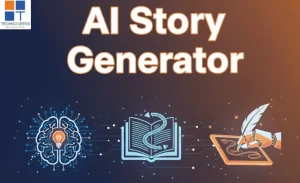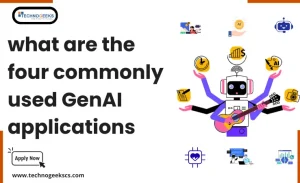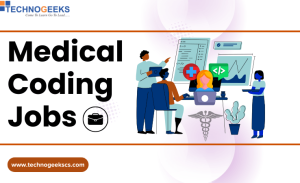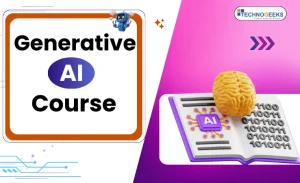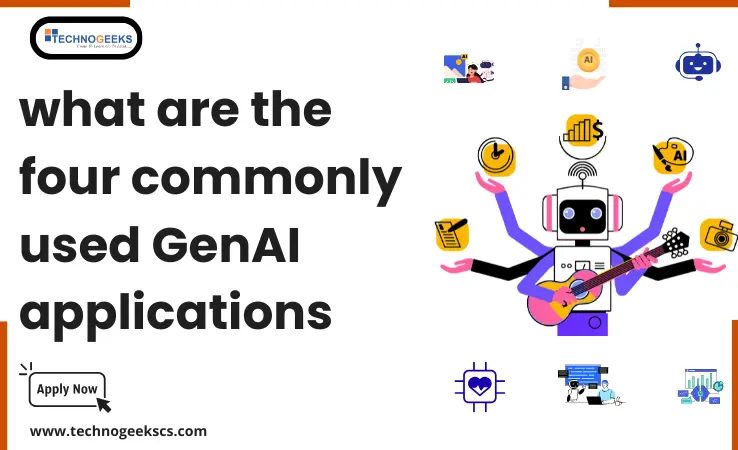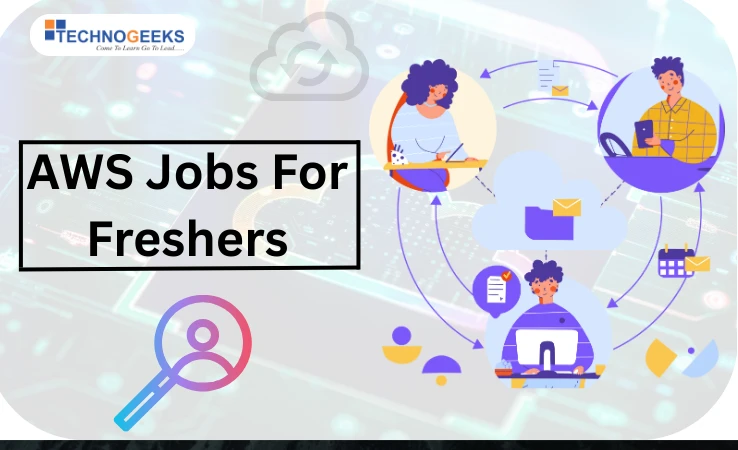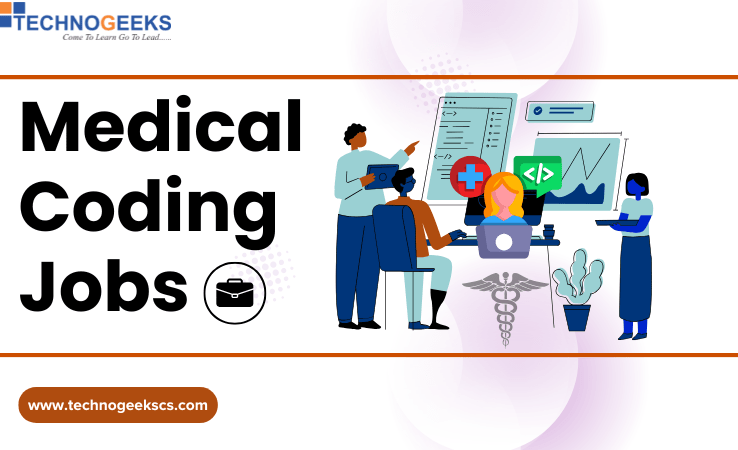Table of Contents
Toggle
Table of Contents
ToggleWhat is a Data Analyst Course ?
In today’s data-driven world, Data Analysts play a vital role. Companies need them to convert raw data into insights that inform decisions. If you’re considering a career in data analytics or want to enhance your skills, enrolling in a Data Analyst course is an excellent first step.Before we start, let’s look at a typical Data Analyst course syllabus. This blog will outline the main subjects, tools, and skills you’ll learn in a data analytics program.
Level up your skills in the Data Analytics Course in Pune. Enroll now and become an expert.
What is the purpose of a Data Analyst course?
A good data analyst course teaches you both technical and analytical skills to become a Data Analytics Expert:
- Collect, clean, and manipulate data
- Conduct statistical analyses
- Visualize trends and patterns
- Present findings to stakeholders
- Use Analytical tools like Excel, SQL, Python, and Tableau etc
Next, we’ll look at the syllabus in detail.
Enroll now and take the step towards the IT career. Click here to join our courses today!
Data Analyst Course Syllabus
Module 1 – Introduction to Python Programming
- What is Python and brief history
- Why Python and who use Python
- Discussion on Python 2 and 3 Unique features of Python
- Discussion on various IDE’s
- Demonstration of practical use cases
- Python use cases using data analysis
Module 2 – Setting Up And Installations
- Installing python
- Setting up Python environment for development
- Installation of Jupyter Notebook
- How to access our course material using Jupyter
- Write your first program in python
Module 3 – Python Object And Data Structures Operations
- Python built-in functions
- Number objects and operations
- Variable assignment and keywords String objects and operations
- Print formatting with strings
- List objects and operations
- Tuple objects and operations
- Dictionary objects and operations
- Sets and Boolean
- Object and data structures assessment test
Module 4 – Python Statements
- Introduction to Python statements
- If, elif and else statements
- Comparison operators
- Chained comparison operators
- What are loops
- For loops
- While loops
- Useful operators
- List comprehensions
- Statement assessment test
- Game challenge
Module 5 – UDF Functions And Methods
- Methods
- What are various types of functions
- Creating and calling user defined functions
- Function practice exercises
- Lambda Expressions
- Map and filter
- Nested statements and scope
- Args and kwargs
- Functions and methods assignment
- Milestone Project (Making tic-tac-toe in python)
Module 6 – File And Exception Handling
- Process files using python
- Read/write and append file object
- File functions
- File pointer and operations
- Introduction to error handling
- Try, except and finally
- Python standard exceptions
- User defined exceptions
- Unit testing
- File and exceptions assignment
Module 7 – Python Modules And Packages
- Python inbuilt modules
- Creating UDM-User defined modules
- Passing command line arguments
- Writing packages
- Define PYTHONPATH
- name and main
Module 8 – Object Oriented Programming
- Object oriented features
- Implement object oriented with Python
- Creating classes and objects
- Creating class attributes
- Creating methods in a class
- Inheritance
- Polymorphism
- Special methods for class
Module 9 – Advanced Python Modules
- Collections module
- Datetime
- Python debugger
- Timing your code
- Regular expressions
- StringIO
- Python decorators
- Python generators
Module 10 – Package Installation And Parallel Processing
- Install packages on python
- Introduction to pip, easy_install
- Multithreading
- Multiprocessing
Module 11 – SQL (Structured Query Language)
- What is SQL?
- Why do we need SQL integration with Python?
- Data types in SQL
- DDL, DML, and TCL sub-languages in SQL
- Significance and type of Joins in SQL
- Where clause in SQL
- Group by clause in SQL
- Create command in SQL
- Insert command in SQL
- Select command in SQL
- Select command variants in SQL
- Update command in SQL
- Delete command in SQL
- Drop command in SQL
- Truncate command in SQL
- Commit and rollback concepts in SQL
- SQL integration with Python
- Table operations in SQL using Python
- Working on multiple tables using Python and SQL
- CRUD operations in SQL
Module 12 – Rest API With Flask And Python
- REST principles
- Creating application endpoints
- Implementing endpoints
- Using Postman for API testing
Module 13 – Rest API Integration With Databases For Web App Development
- CRUD operations on database
- REST principles and connectivity to databases.
- Deploy the API on local server
Module 14 – Data Wrangling With Python And Exploratory Data Analysis
- Data Analysis using Numpy and Pandas
- Data Visualization using Matplotlib and Seaborn
- Dealing with missing values, NaN values
- Standard scaler
- Correlation-based processing
- Divide data in test and train splits to supply to machine-learning algorithms
- Time series analysis
- Reshaping Data:
- Data Manipulation as per requirement
- Derive columns based on rules
- Filtering data
- Compression and decompression techniques
Module 15 – Data Analysis using Advance Excel
- Introduction in Excel
- Data Cleaning & Preparation
- Formatting & Conditional Formatting
- Lookup Function
- Analyzing data with Pivot Tables
- Charts
- Data Visualization/Dashboarding using excel
- Data Analysis using statistics
Module 16 – Data Analysis With Python
- Introduction to data analysis
- Why Data analysis?
- Data analysis and Artificial intelligence bridge
- Introduction to Data Analysis libraries
- Data analysis introduction assignment challenge
Module 17 – Data Analysis Using Numpy
- Introduction to Numpy arrays
- Creating and applying functions
- Numpy Indexing and selection
- Numpy Operations
- Exercise and assignment challenge
Module 18 – Data Analysis In Python With Pandas And Advanced Analysis
- Pandas series
- Introduction to DataFrames
- Missing data
- Groupby
- Merging, joining and Concatenating
- Operations
- Data Input and Output
- Pandas in depth coding exercises
- POC – Analysis of e-commerce dataset using pandas
- POC – Getting insights on employee salaries data using data analysis in python
Module 19 – Data Visualization With Python
Matplotlib
- Plotting using Matplotlib
- Plotting Numpy arrays
- Plotting using object-oriented approach
- Subplots using matplotlib
- Matplotlib attributes and functions
- Matplotlib exercises
Seaborn
- Seaborn visualization
- Categorical Plot using Seaborn
- Distributional plots using Seaborn
- Matrix plots
- Grids
- Seaborn exercises
- Project – Getting insights using python analysis and visualizations on finance credit score data.
Pandas
- Pandas built-in data visualization
- Data visualization assignment
Capstone Project
- Python and Web-based Project Development
Module 20 – Data Visualization using Tableau BI Tool
- Comparison Between Tableau & Programming Based Data Visualization
- Need Of Tableau
- Types Of Data Sources Supported By Tableau
- How To Build Report & Dashboard in Tableau
- How To Build Charts In Tableau
- Data Visualization Using Tableau Features
Module 21 – Major Project and GitHub
- Project use cases Introduction
- Project Scenarios
- Project life cycle
- What is version controlling in project management
- What is GitHub
- Significance of GitHub in project management
- Code submission for testing and deployment
- Predictive analytics tools and techniques
- Project best practices
Conclusion
A Data Analyst course Syllabus can be your great way to achieve the most in-demand and rewarding careers today. Whether you are just a beginner or switching from another field, understanding the syllabus helps you prepare better and set clear learning goals.
A well-structured course will enable you to turn raw data into clear insights and make important data-driven decisions which will help the businesses to make perfect decisions.
Technogeeks provides the best guidance to grow your skills in the route of your choice. Check out our course page below and get ready to dive into the world of Data !
Contact Us For FREE Career Counseling +91 8600998107/ +91 7028710777




